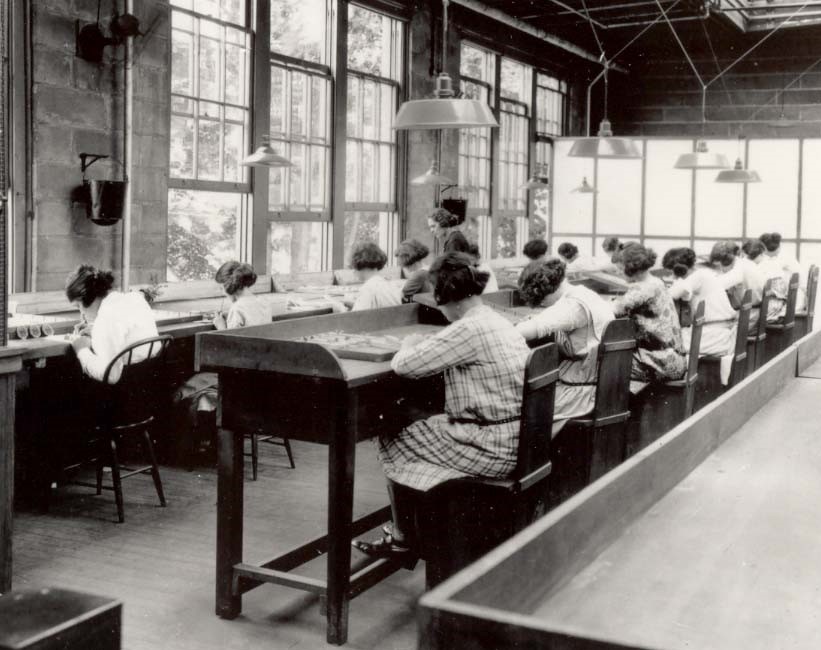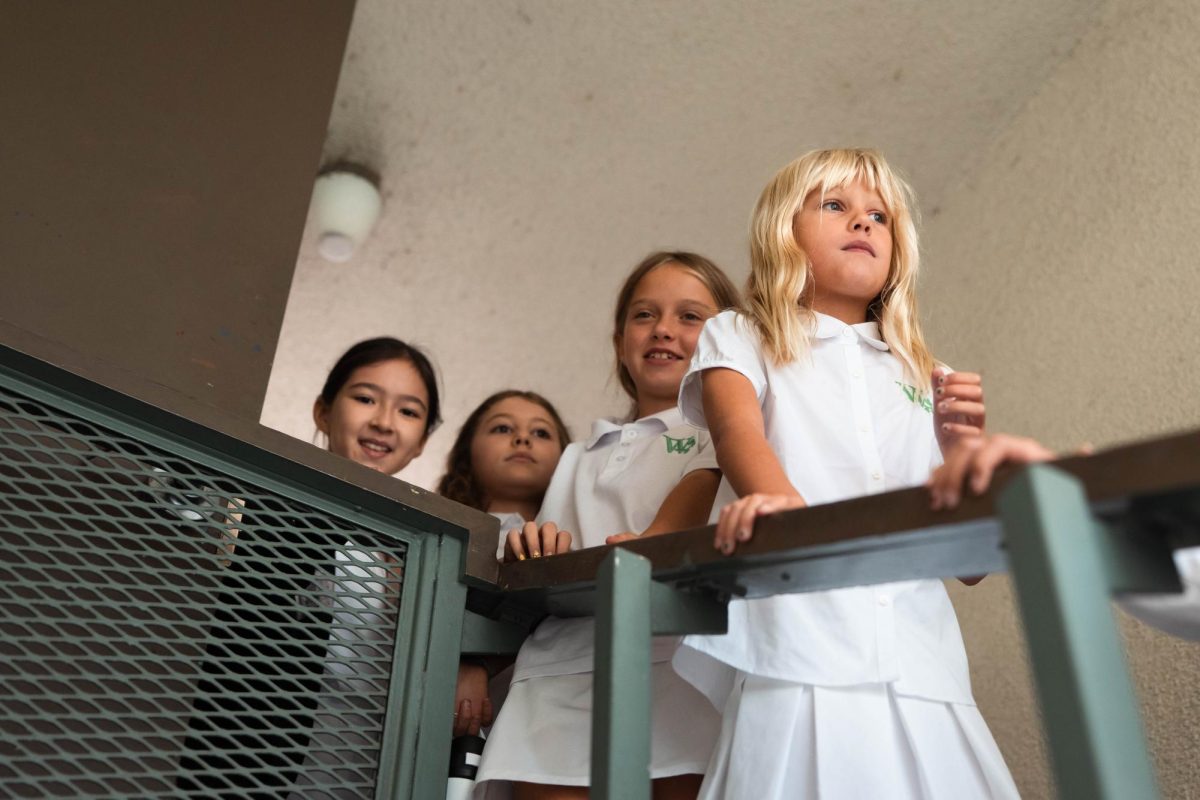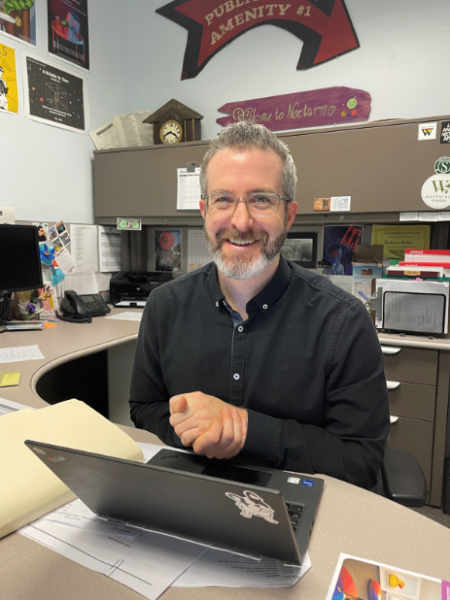
In the 1920s, hundreds of female factory workers were poisoned and killed by working with radium—a seemingly harmless metal that coated thousands of World War I-era watches. These women were known as the Radium Girls. The women, including some who had just entered the workforce, painted numerals and markings with radium on thousands of military watches. Radium’s luminous quality allowed the markings and numbers to remain legible for soldiers, even under dark lighting. In order to expedite the painting process, the women pressed the brush between their lips to create a precise tip, which directly exposed them to the deadly effects of the metal. As the female factory workers began experiencing health problems, the corporation began covering up their deaths. However, some women stood up to the United States Radium Corporation; and though they did not live to see it, their court case changed labor laws throughout the country.
On November 10, 11, and 12, Westridge Theatre will bring the Radium Girls to life on the big stage. Radium Girls by D.W. Gregory centers around Grace Fryer, played by Eliza W. ’24, who worked at a dial painting studio in Orange, New Jersey, and Arthur Roeder, the president of the United States Radium Corporation, played by Micah M. ’25. The play follows Grace’s struggles suing the US Radium Corporation while facing both disturbing health problems and the corporation’s efforts to silence the women who sought justice. Brandon Kruhm, Director of Theatre at Westridge and the director of Radium Girls, noted, “A major theme that arises for me in this play is visibility (or invisibility) of women, of the working class, and especially of working-class women.”
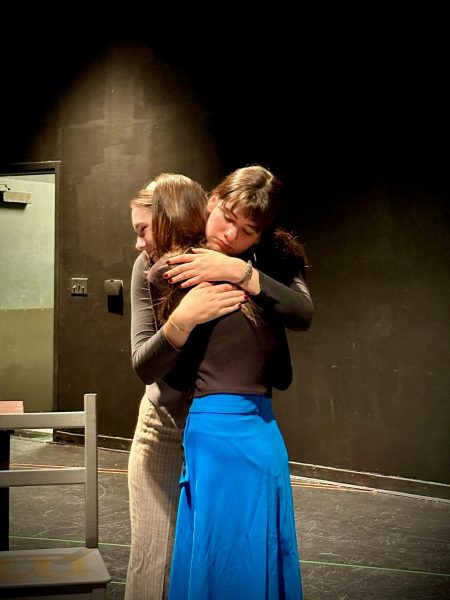
Another theme that Mr. Kruhm found prominent in the play was the sensationalism of the news and media. In Radium Girls, there are two reporter characters: Reporter (Jack Youngood) played by Micaela R. ’26, and Sob Sister (Nancy Jane Harlan) played by me. These characters are very heightened and offer a constant narration, sometimes in an exaggerated fashion, to fit the storyline. The reporters in Radium Girls are not real people, unlike the majority of the characters. However, there was a real journalist who is not included in the play named Marie Maloney, who Mr. Kruhm believed should have been involved in the play. Marie Maloney traveled to Europe to interview scientist Marie Curie, and then raised $100,000 for Curie’s study of radium. He said, “We don’t talk about this one woman who did this really cool thing, and [instead] there are…surrogate characters that represent her but they are made-up people.”
Although titled “Radium Girls,” many company members believe that the script is very male-centric. While corporate greed and its effects on powerful male characters occupy much of the story’s focus, the Westridge theatre team hopes to center the titular Radium Girls, too. Mr. Kruhm said, “So one of the ways [we’re centering the girls] is literally just by adding more non-men to the stage. So there are scenes in the painting studio, that as written, you might have three or four girls painting these dials, but in our production, we’ll have like 10 or 12.” The nature of the show may be male-dominated, but that is not what the audience will see at Westridge. Isa H. ’26, the play’s dramaturg, said, “I think it’s also important to know that we as a school, being a unisex school, are trying to move away from making Roeder a main focus, because we don’t want it to be about the man, we don’t want it to be about someone who endangered these girls and basically killed them.”
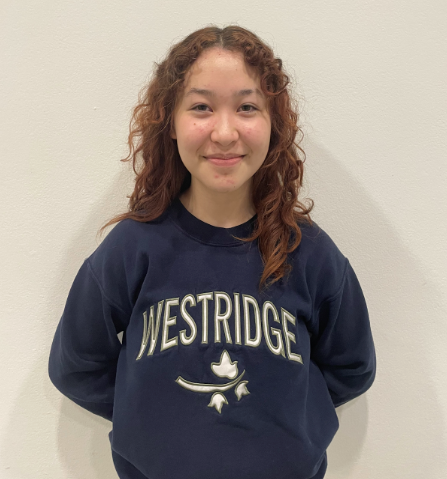
Radium Girls is a great way to learn about a tragic part of this historical event. The play highlights the struggles of real-life women whose stories should not be forgotten. Radium Girls is inspiring for the underprivileged and teaches an important lesson about advocating for oneself. Mr. Kruhm concluded, “I think there’s always value in stories that are based on real history. So you know, it’s a learning opportunity, it’s an opportunity to see something that happened in real life in our country 100 years ago and how it’s impacted our lives today.”




























![Dr. Zanita Kelly, Director of Lower and Middle School, pictured above, and the rest of Westridge Administration were instrumental to providing Westridge faculty and staff the support they needed after the Eaton fire. "[Teachers] are part of the community," said Dr. Kelly. "Just like our families and students."](https://westridgespyglass.org/wp-content/uploads/2025/03/dr.-kellyyy-1-e1748143600809.png)






















